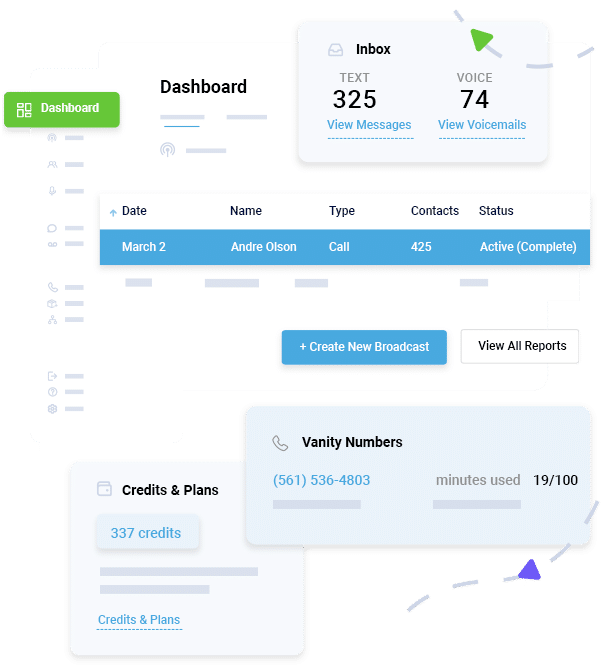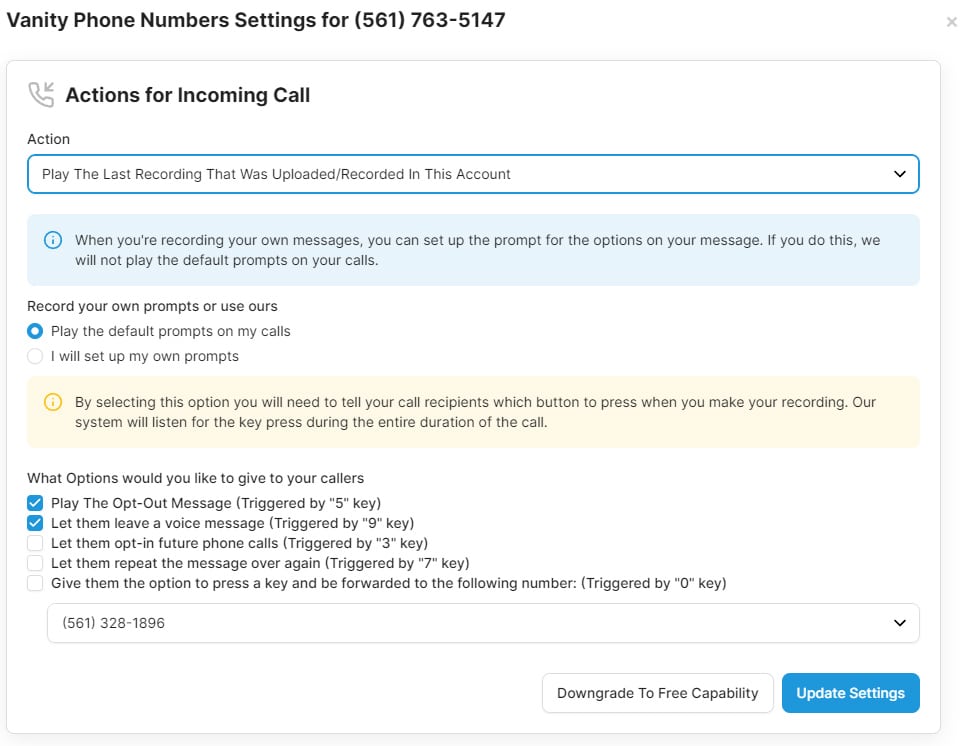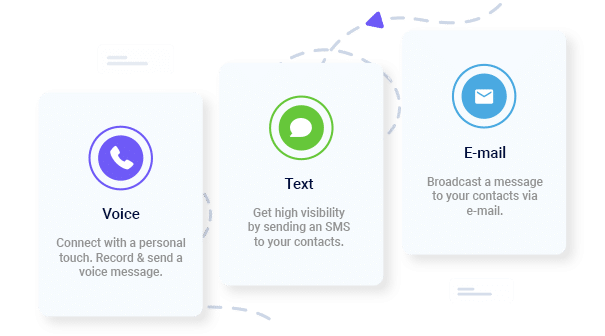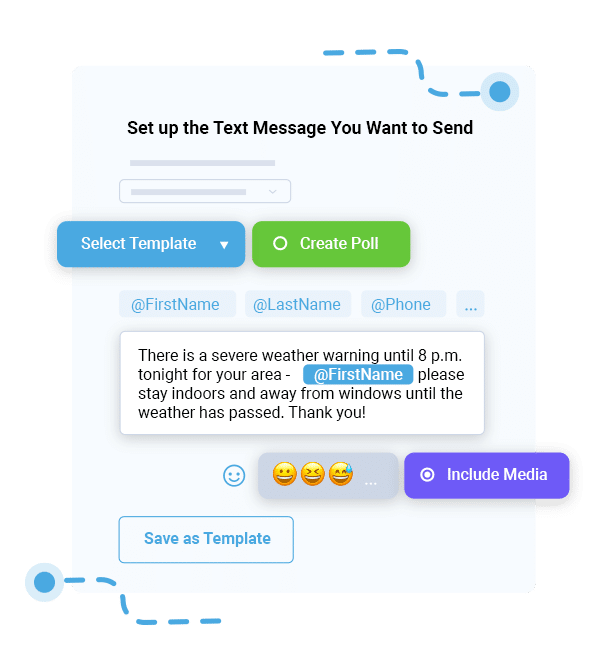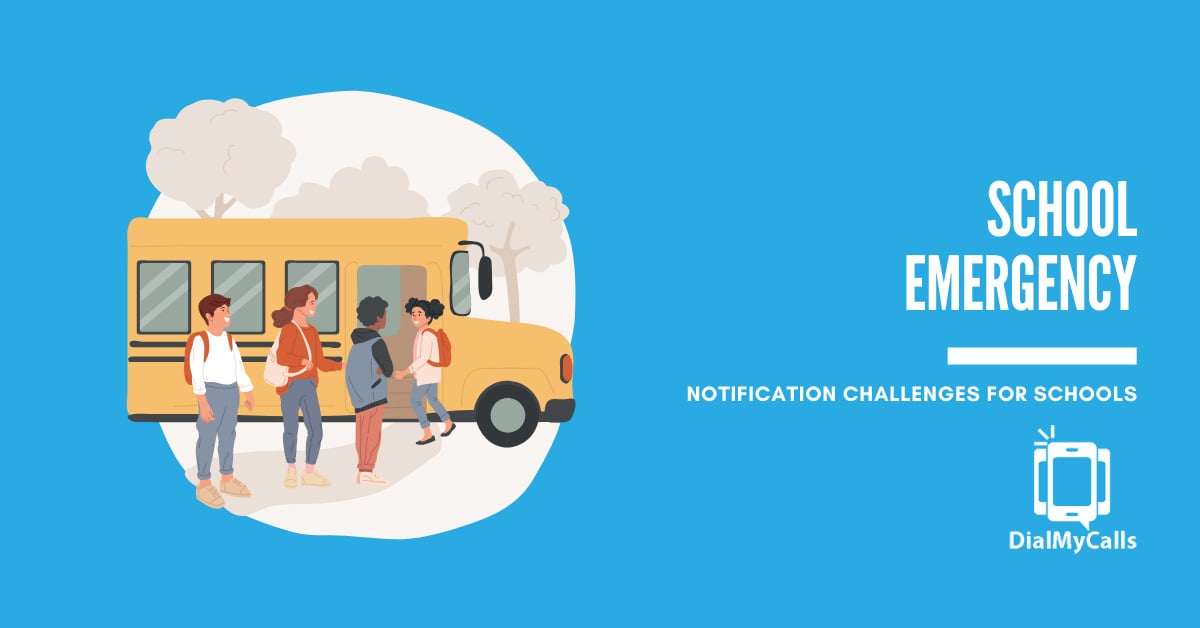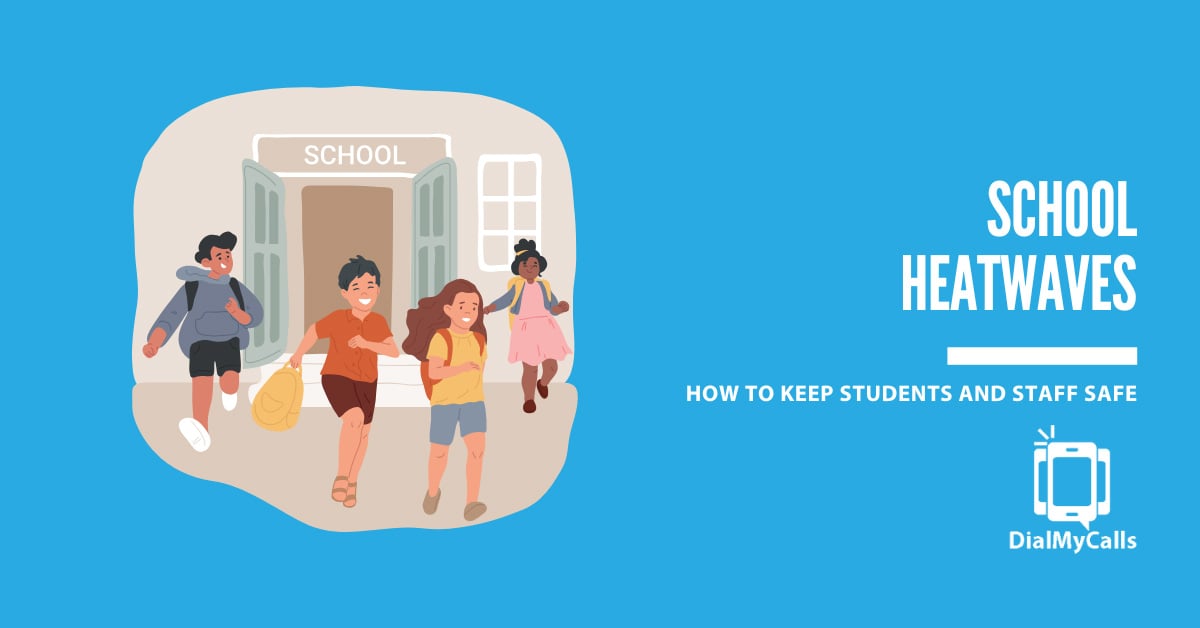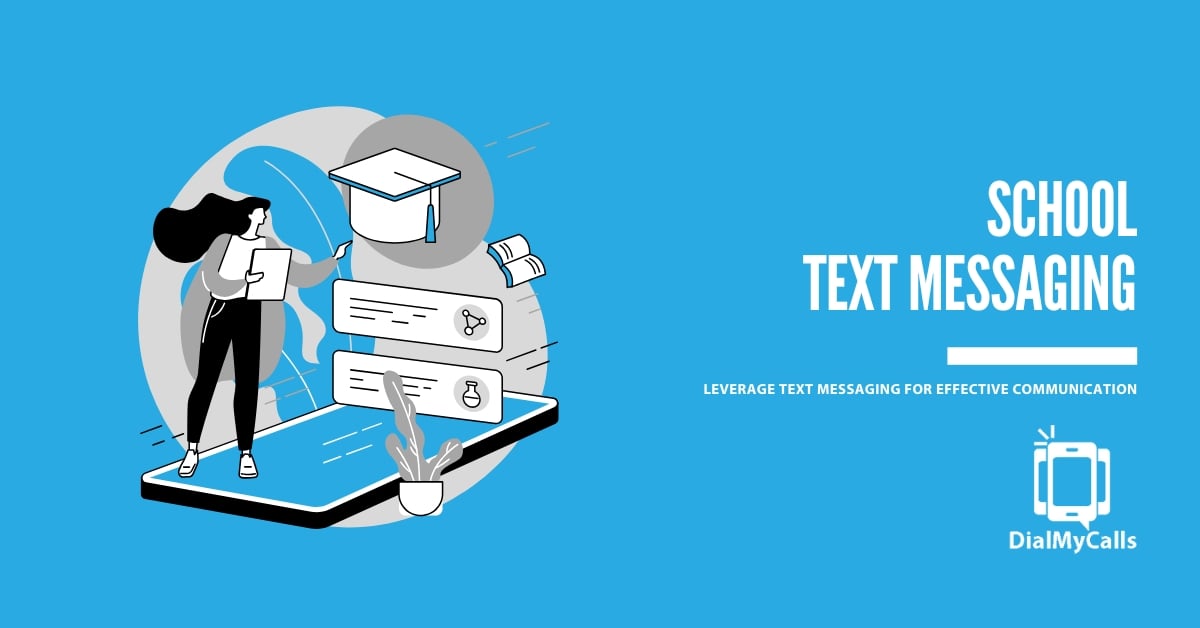6 Proven Tips for an Effective School Bullying Awareness Program
Posted by Tim Smith in Schools on February 21, 2017
Updated on August 19, 2025
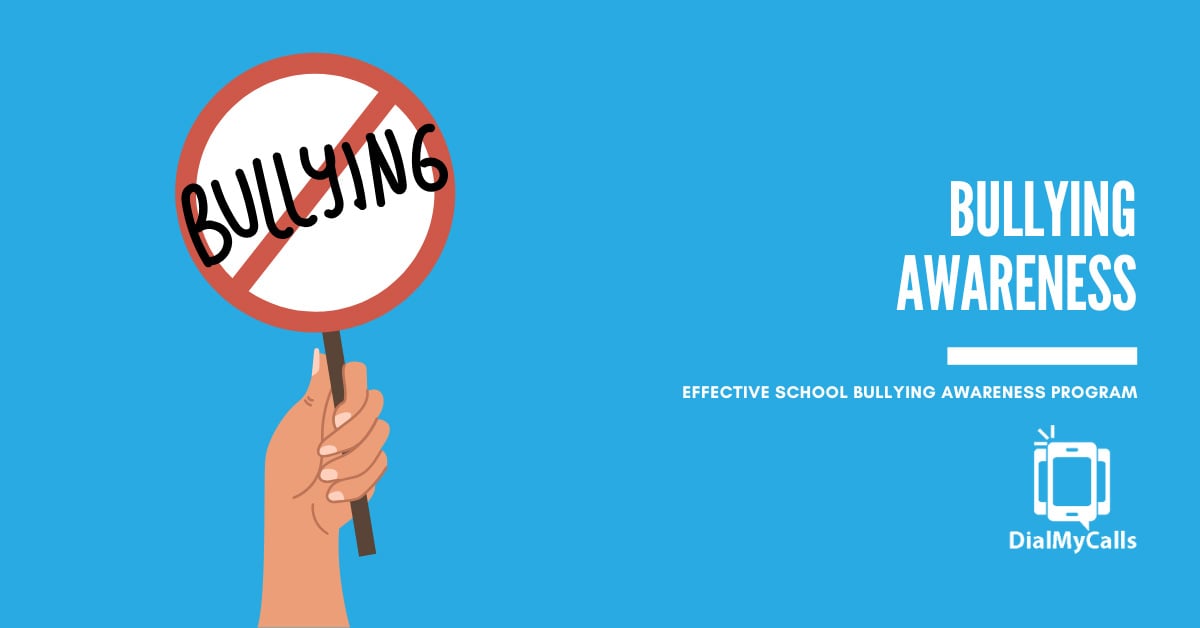
Bullying affects more than just the students involved—it impacts entire school communities. A strong bullying awareness program helps create safer, more supportive classrooms where every child can thrive. Here are six proven strategies to strengthen your school’s approach.
Why Bullying Awareness Still Matters
Bullying is not just a phase or a rite of passage. It has lasting effects that can follow students well into adulthood. Victims of repeated bullying are at greater risk of developing anxiety, depression, and low self-esteem. They may withdraw from social activities, struggle academically, engage in self-harming behaviors, or experience suicidal ideation.
These are not temporary challenges; for many students, the trauma of bullying shapes how they view themselves, their peers, and authority figures for years to come. And the impact goes beyond the individual. Schools that fail to address bullying proactively often suffer from deteriorating school climate, reduced attendance, and disengaged students.
Classrooms become less inclusive. Teachers may feel unsupported in managing behavioral issues. Parents may lose confidence in the school’s leadership. In some cases, unresolved bullying issues can escalate to physical altercations or even violence, putting the entire campus community at risk.
Keep Everyone Connected & Informed
Get the Word Out Quickly with Bulk Texting and Voice Calls
A comprehensive bullying awareness program offers more than just policy. It provides a framework for prevention, education, and early intervention. It ensures students learn how to recognize harmful behaviors, empowers staff to take consistent and effective action, and opens communication pathways for those who need help.
By establishing anonymous tip lines, peer support systems, and clear reporting protocols, schools create a culture where safety and respect are prioritized.
Most importantly, awareness lays the foundation for change. It helps shift the narrative away from passive tolerance of bullying and toward proactive strategies that foster empathy, accountability, and connection.
Before you build or update your school’s bullying prevention plan, it’s crucial to first understand what qualifies as bullying and how to identify it when it occurs.
What Is Bullying?
Bullying is more than just a disagreement or an occasional mean comment. It is defined as unwanted, aggressive behavior that involves a real or perceived power imbalance, such as differences in physical strength, popularity, access to information, or social influence. This behavior is often repeated over time, making it more damaging and harder for victims to escape.
To effectively address bullying, students, staff, and parents need to understand the various forms it can take:
Physical Bullying
This is the most visible type of bullying and includes hitting, kicking, pushing, spitting, or intentionally damaging someone’s belongings. It often garners the most attention, but it is not the only type that causes harm.
Verbal Bullying
Name-calling, insults, racist or sexist remarks, teasing, and threats fall into this category. While it may seem less severe than physical bullying, repeated verbal abuse can deeply affect a student’s confidence and mental health.
Social or Relational Bullying
This type often goes unnoticed by adults but can be just as destructive. It includes deliberately excluding someone from a group, spreading false rumors, public humiliation, and manipulating social relationships to isolate the victim. Relational bullying is particularly common in preteen and teenage groups and can severely impact a student’s sense of belonging.
Cyberbullying
As technology becomes more embedded in students’ lives, cyberbullying has emerged as one of the most persistent and difficult forms to address. It includes hurtful messages, public shaming, or harassment through text, social media, apps, or gaming platforms. Because it can happen anytime and anywhere, often anonymously, cyberbullying offers no haven for the victim.
Despite their differences, all forms of bullying share one critical trait: they can cause long-term emotional and psychological harm. Victims often experience anxiety, depression, fear of coming to school, and difficulty concentrating in class. Even a single incident can leave lasting scars, especially when it’s not addressed swiftly and seriously.
That’s why schools need to take a proactive, school-wide approach to bullying prevention. Educating students and staff about the definitions and signs of bullying is the first step. When everyone in the school community knows what to look for and how to respond, they’re better equipped to intervene early and prevent escalation.
6 Proven Tips for an Effective School Bullying Awareness Program
Quick Summary: Bullying Prevention Strategies That Work
A strong bullying awareness program addresses more than just physical confrontations. Schools must define bullying clearly, educate students on how to intervene safely, and create a culture of empathy and accountability. These six research-backed tips help schools build a safe, connected, and proactive learning environment.
1. Define Bullying Clearly in Policies and Programs
Too often, bullying goes unreported because students and even staff don’t recognize it. Begin with a shared definition. Make sure your school’s code of conduct and anti-bullying policies outline:
- The different types of bullying (physical, verbal, social, and cyber)
- Key indicators like repetition, aggression, and power imbalance
- The distinction between conflict and bullying
Visual aids, classroom lessons, and clear examples help ensure students understand what behavior is unacceptable. Incorporating the definition into orientation sessions and handbooks can reinforce school-wide understanding.
2. Acknowledge and Monitor Cyberbullying
Digital devices make bullying a 24/7 threat. Cyberbullying is especially damaging because it often happens outside school hours and spreads quickly. Messages can be anonymous, public, and difficult to trace, making victims feel helpless and isolated.
Schools play a vital role in digital literacy. Train students on responsible device use, and make sure staff understand the signs of cyberbullying. While you may not be able to control what happens off-campus, open communication and regular check-ins help students feel supported.
Encourage students to save messages or screenshots and provide a safe place, such as an anonymous tip line, for reporting online bullying.
3. Empower Bystanders to Speak Up
Bystanders have the power to stop bullying, but fear or confusion often holds them back. Teaching “upstander” behavior helps students feel confident and prepared.
This is where understanding the bystander effect becomes crucial. Many students assume someone else will report the issue or take action, resulting in silence. Educating students about this psychological phenomenon helps them realize their responsibility.
Build a culture of accountability by: teaching students when and how to intervene safely, encouraging peer support and standing up for one another, and recognizing and rewarding upstanders who speak out.
Classroom discussions, assemblies, and role-playing exercises can reinforce the message. When students know how to help and trust that adults will take their reports seriously, they’re more likely to take action.
4. Use Anonymous Tip Line Technology
Creating a safe reporting environment is essential for any successful bullying awareness program. Many students hesitate to speak up because they fear retaliation from the bully, don’t want to be labeled as a “snitch,” or worry their concerns won’t be taken seriously. These barriers often allow bullying to continue unchecked, especially when it happens outside of adult supervision.
An anonymous reporting system addresses this challenge head-on. It empowers students, whether they’re victims or bystanders, to share what they’ve seen or experienced without revealing their identity. When students feel safe to report incidents, schools can respond more quickly, identify patterns of behavior, and intervene before harm escalates.
DialMyCalls provides schools with a practical, tech-forward way to set up an anonymous tip line using SMS or voice messaging. With minimal setup, school administrators can: create a dedicated phone number for students to leave anonymous voice messages describing bullying incidents, assign a unique text keyword (such as “REPORTBULLY” or “SAFEKIDS”) that students can use to send anonymous tips via SMS, success a secure online dashboard to review, log, and prioritize incoming tips. Repeated mentions of the same individual or behavior can alert staff to ongoing issues that need immediate attention.
This technology is not only easy to use, but it also mirrors how students already communicate—through their phones. It meets them where they are and gives them a tool that feels natural and accessible.
Because tips are submitted anonymously, students are more likely to be honest and specific in their reports. This added detail gives administrators better context for responding effectively and documenting behavioral trends.
In addition to bullying prevention, DialMyCalls can serve as a broader school safety tool. The same system can be used to send emergency alerts, weather-related closures, or reminders about important deadlines. By consolidating communication tools into one secure platform, schools reduce complexity while building transparency and trust with students and families.
Stay Connected with Mass Notifications
Create & Send a Broadcast to Thousands in Seconds
5. Integrate SEL Programs and Empathy Training
Bullying is a relational problem. Teaching empathy, emotional regulation, and communication skills helps reduce harmful behavior at the source.
Social Emotional Learning (SEL) programs create a foundation for: emotional awareness and impulse control, respectful peer relationships, and conflict resolution and perspective-taking.
Incorporate SEL into your school’s curriculum through weekly lessons, advisory periods, or peer mediation programs. You can also frame SEL goals using the SMART goals model, Specific, Measurable, Achievable, Relevant, and Time-bound, to help students and educators set clear intentions and track progress.
Interactive activities, student-led discussions, and group projects promote empathy and strengthen community ties.
Schools that prioritize SEL often see fewer behavioral issues and better academic performance, making it a win for both student well-being and educational outcomes.
6. Support Bullies with Behavioral Interventions
Punishment alone doesn’t change behavior. Students who bully others often need targeted support, especially if their behavior stems from trauma, peer pressure, or struggles at home.
A restorative, root-cause approach includes: mental health screening and counseling, one-on-one behavior support or mentoring, and restorative justice circles or reflection exercises.
When possible, involve the student’s caregivers, teachers, and school counselors in crafting a behavior improvement plan. Helping students build empathy and find healthier ways to express emotions reduces the likelihood of repeated incidents.
Conclusion: A Whole-School Approach to Bullying Prevention
Preventing bullying takes more than one assembly or a poster on the wall. It requires consistent definitions, meaningful communication, and support for all students, whether they are targets, bystanders, or aggressors.
By combining education, empathy training, and anonymous reporting tools like DialMyCalls, schools can create a safer, more connected environment where students thrive.
Ready to create a safe and responsive school climate? Set up an anonymous tip line with DialMyCalls and take the next step in proactive bullying prevention. Your students are sure to thank you.
Bullying Awareness Program FAQs
What is the best way to stop bullying in schools?
The most effective way is a whole-school approach that includes clear definitions, staff training, student education, anonymous reporting options, SEL programming, and supportive intervention for those who bully.
Why is anonymous reporting important for bullying prevention?
Many students hesitate to report bullying out of fear of retaliation. Anonymous tip lines provide a safer way for victims and bystanders to alert school staff, enabling earlier and more accurate intervention.
What is SEL, and how does it help prevent bullying?
Social Emotional Learning (SEL) teaches students emotional awareness, empathy, and communication skills. These lessons reduce conflict, foster inclusion, and build a more positive school climate, making bullying less likely to occur.
Instant Communication, Whenever You Need It
Send Real-Time SMS & Voice Call Alerts from Anywhere
Author
Tim Smith is the Media Manager at DialMyCalls, where he has leveraged his expertise in telecommunications, SaaS, SEO optimization, technical writing, and mass communication systems since 2011. Tim is a seasoned professional with over 12 years at DialMyCalls and 15+ years of online writing experience.
Try Using DialMyCalls Right Now
Start For Free
Recent Posts
- How to Send Effective Shelter & Evacuation Text Alerts During Emergencies
- A Step-by-Step Guide to Building a Crisis Communication Playbook
- 6 Top Emergency Notification Challenges Schools Face and How to Solve Them
- 7 Best Practices for Tornado and Severe Storm Emergency Notifications
- 7 Best Practices for Church Emergency Notifications to Keep Congregations Safe
Categories
“I am a youth minister and have spent hours in the past calling students individually to remind them of an upcoming event or to get out an urgent announcement. With DialMyCalls.com, I cut that time down to about 1 minute. I also love how I can see exactly who answered live and how long they listened so I know if they heard the whole message. DialMyCalls.com is the best website I have stumbled upon all year! Thanks!”
Central Baptist Church
Try Using DialMyCalls Right Now
Start For Free
Author
Tim Smith is the Media Manager at DialMyCalls, where he has leveraged his expertise in telecommunications, SaaS, SEO optimization, technical writing, and mass communication systems since 2011. Tim is a seasoned professional with over 12 years at DialMyCalls and 15+ years of online writing experience.
Try Using DialMyCalls Right Now
Start For Free
Recent Posts
- How to Send Effective Shelter & Evacuation Text Alerts During Emergencies
- A Step-by-Step Guide to Building a Crisis Communication Playbook
- 6 Top Emergency Notification Challenges Schools Face and How to Solve Them
- 7 Best Practices for Tornado and Severe Storm Emergency Notifications
- 7 Best Practices for Church Emergency Notifications to Keep Congregations Safe
Categories
“I am a youth minister and have spent hours in the past calling students individually to remind them of an upcoming event or to get out an urgent announcement. With DialMyCalls.com, I cut that time down to about 1 minute. I also love how I can see exactly who answered live and how long they listened so I know if they heard the whole message. DialMyCalls.com is the best website I have stumbled upon all year! Thanks!”
Central Baptist Church
Try Using DialMyCalls Right Now
Start For Free
